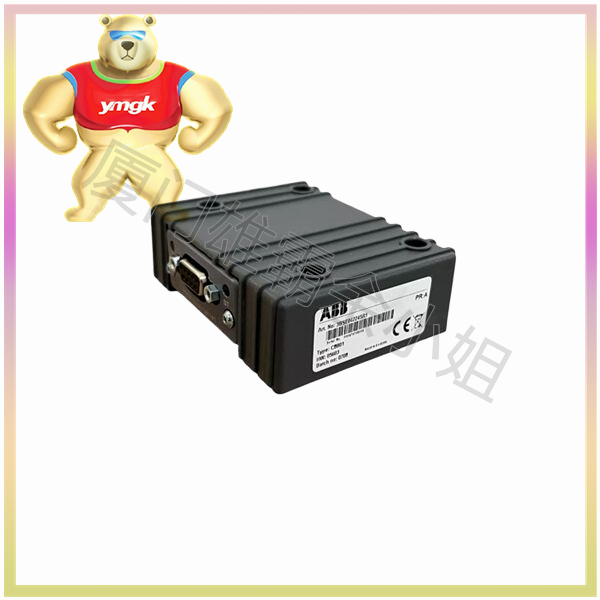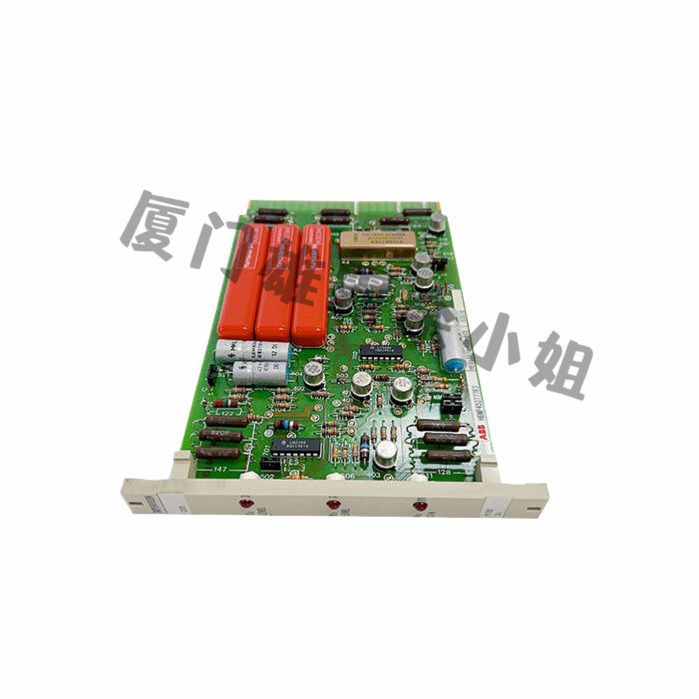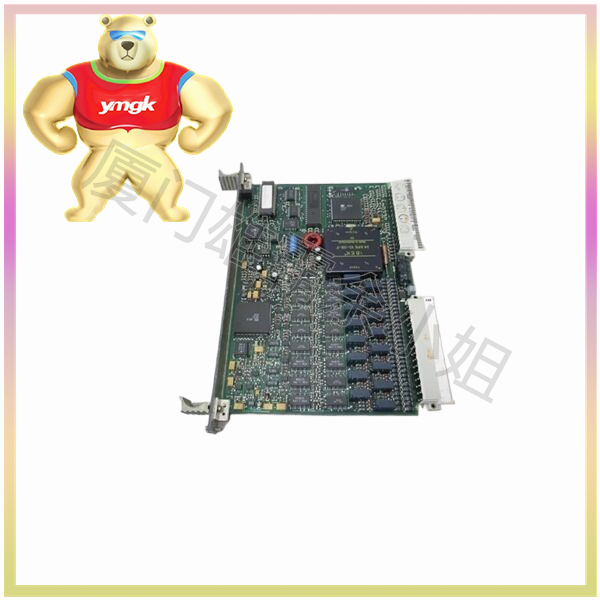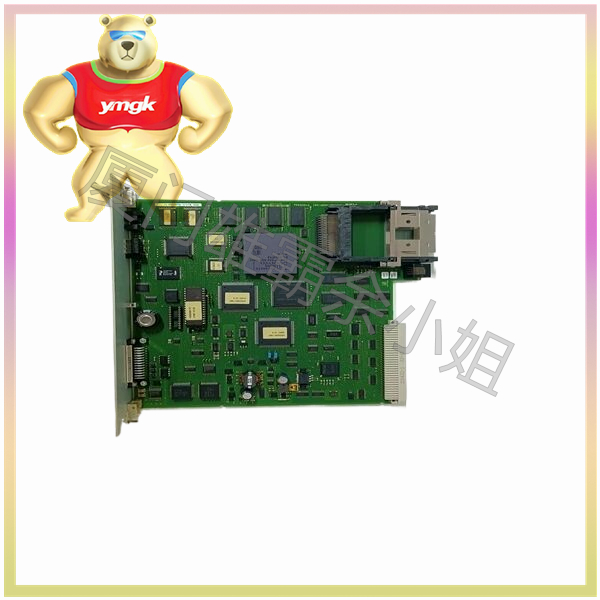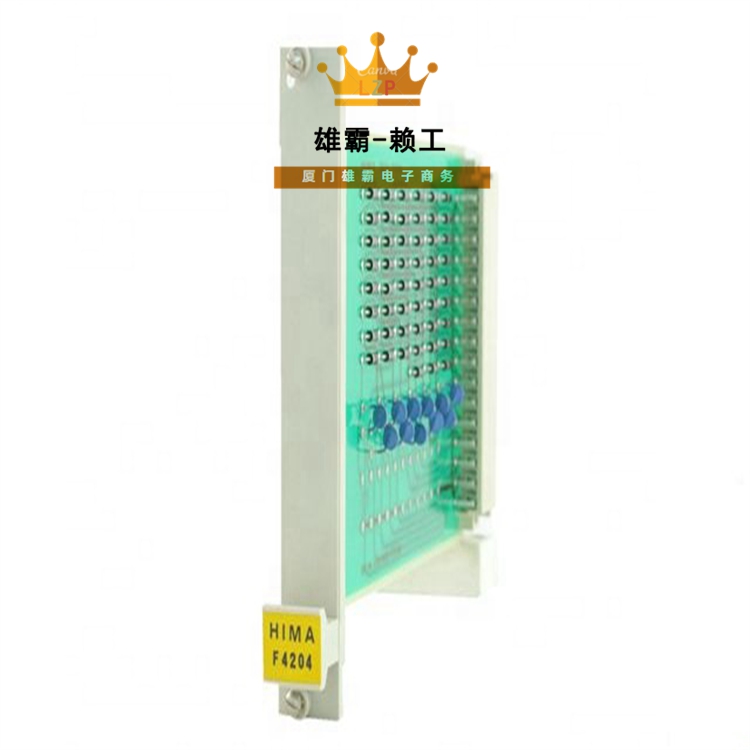PLC input refers to the signals collected by the PLC system from external devices, such as sensor signals, button signals, switch signals, etc. The input of PLC is usually divided into two types: digital input and analog input. Digital input refers to signals with only two states, such as switch signals, button signals, etc; Analog input refers to signals whose magnitude can continuously change, such as temperature signals, pressure signals, etc. PLC input is usually collected through input modules, which convert external device signals into digital or analog signals within the PLC, and then use the PLC’s CPU for logic processing and control output modules to control external devices. The quality and stability of PLC input signals have a significant impact on the control accuracy and reliability of PLC. In practical industrial control, PLC usually needs to process various types of input signals, such as temperature, pressure, flow rate, speed, position, etc. Different input modules are selected for acquisition and processing according to actual needs.
